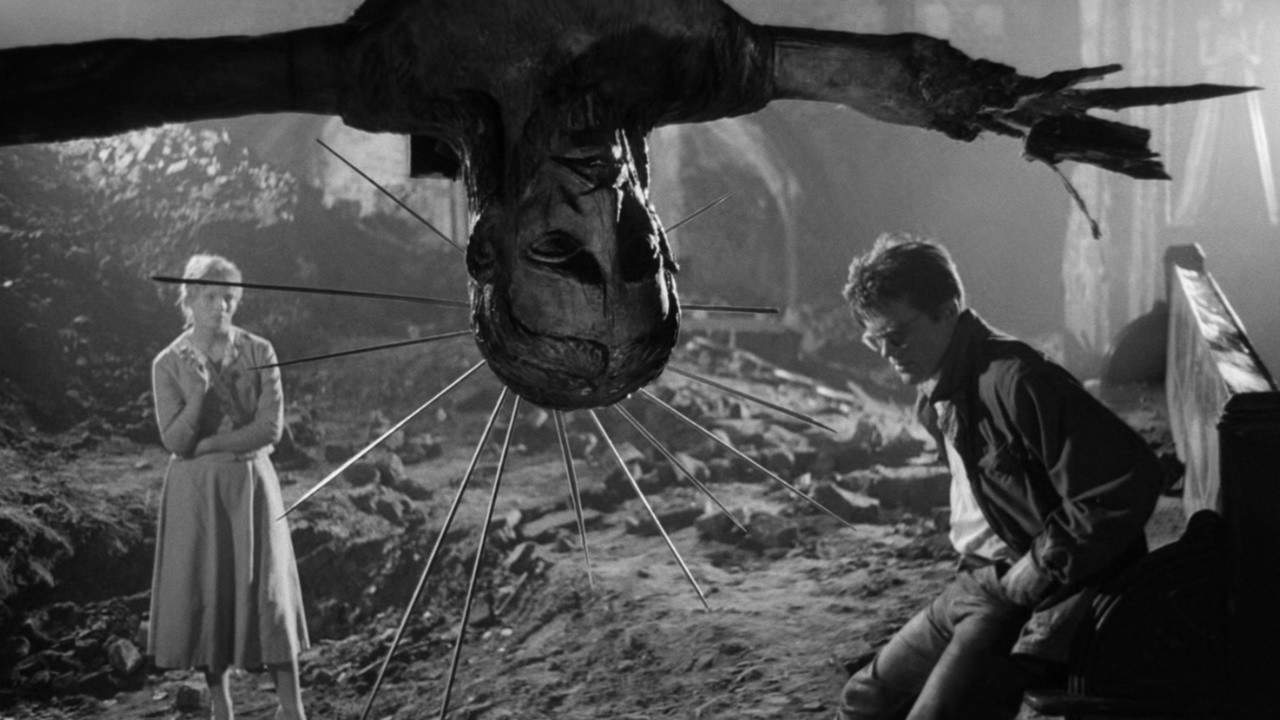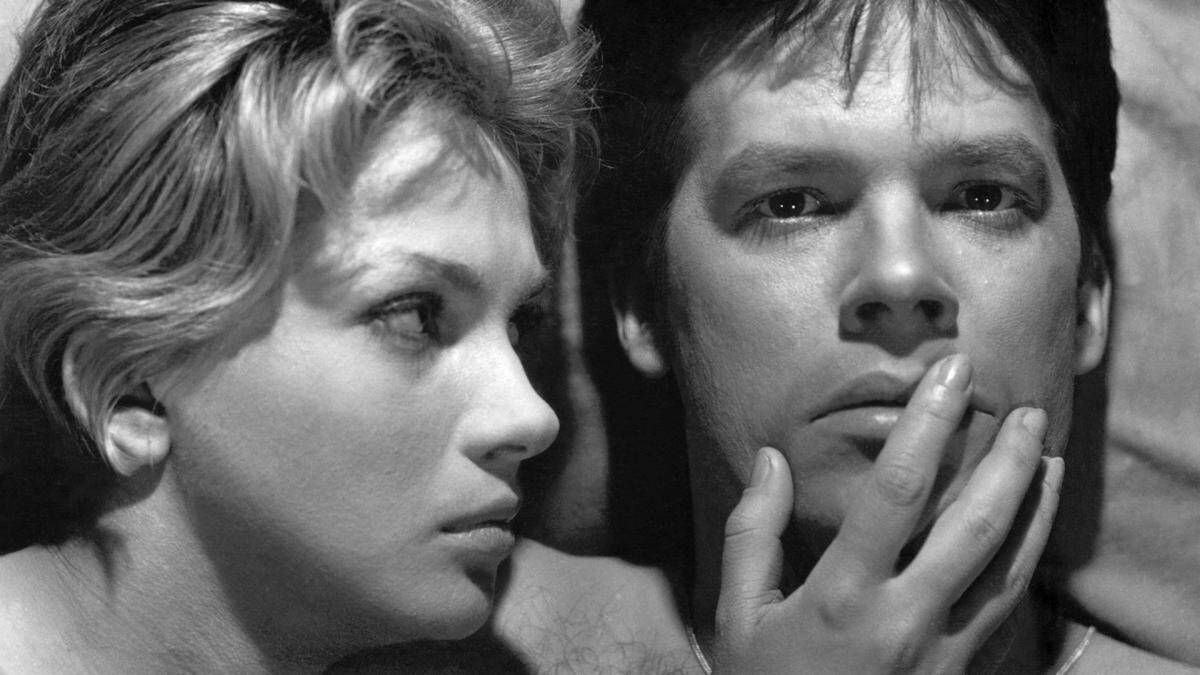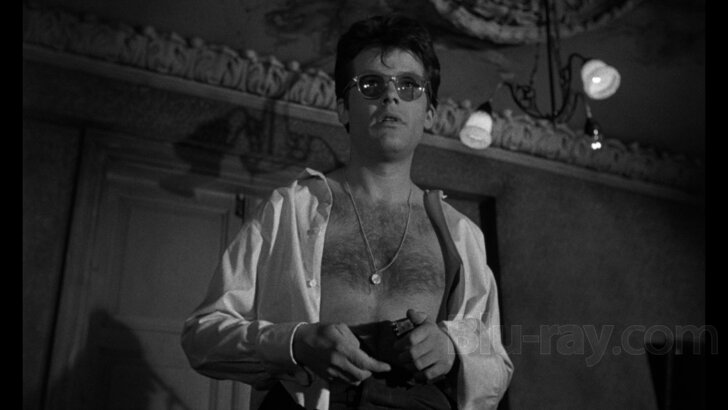When Popiół i diament (Ashes and Diamonds) premiered in 1958, it sent a jolt through Polish cinema, and through the consciousness of a country still reckoning with the moral and political wreckage of World War II. Directed by the then 32-year-old Andrzej Wajda, the film did more than mark the emergence of a major cinematic voice; it transformed the Polish screen into a space of national introspection. Today, 65 years later, Ashes and Diamonds remains one of the most haunting and significant war films ever made—a story not just about a single day in 1945, but about a people caught between ashes of the past and the uncertain brilliance of the future.
Historical and Political Context
To understand the film’s weight, one must begin with its setting: Poland, May 1945. The war is ending, but peace is far from simple. Nazi occupation has been replaced by Soviet-backed Communist authority. The once-revered Polish Home Army, who fought against the Germans, is now seen by the new regime as a threat to socialist order. This moral inversion left many young Poles—patriots and survivors alike—disillusioned.
The film, based on a novel by Jerzy Andrzejewski, was produced during a political thaw in Poland following Stalin’s death. This allowed Wajda to tell a story that previous censors would never have permitted: one that wrestled with ambiguity, national trauma, and the cost of ideological violence. In doing so, Wajda avoided propaganda and created something altogether braver—a mirror held up to a fractured society.
Plot and Characters
Set over a single day, the story follows Maciek Chełmicki (played with magnetic intensity by Zbigniew Cybulski), a young resistance fighter ordered to assassinate a Communist official. The target, Szczuka, is a former prisoner of the Nazis and now a representative of the new regime. As Maciek waits for his chance, he meets Krystyna, a hotel barmaid, and falls into an ephemeral romance that momentarily disrupts his sense of duty.
Maciek’s internal conflict unfolds in the liminal space of a hotel bar, a place of faded grandeur and lingering ghosts. Around him swirl functionaries, bureaucrats, former resistance members, and survivors—each trying to locate themselves in a new, unstable Poland. The film climaxes not in glory, but in tragedy: Maciek fulfills his mission, only to be gunned down and left to die alone in a garbage dump. His flailing death, set to silence, is among the most searing final scenes in European cinema.
Cinematic Style and Symbolism
Wajda’s visual language in Ashes and Diamonds is loaded with symbolic power. Cinematographer Jerzy Wójcik's black-and-white photography contrasts light and shadow, ruin and ritual, evoking both poetic realism and expressionist horror. One of the film's most iconic images—Maciek lighting candles on the liquor bottles, resembling a row of votive lights for the dead—captures the collision of youth, sacrifice, and hopelessness.
Other symbols abound: a white horse runs through the rubble; fireworks celebrate peace even as bodies fall; a crucifix hangs upside down during a drunken party scene, suggesting moral disorientation. These visual motifs are never heavy-handed, but rather woven seamlessly into the film’s atmosphere of quiet despair. The camera often lingers just long enough to let images speak before words do.
Wajda, influenced by both Italian neorealism and existential philosophy, roots the film in real locations, using sparse sets and subtle performances to emphasize emotional realism. Yet, Ashes and Diamonds is also a political ghost story—one where the past is never buried and no one escapes its grip.
Moral Complexity and Timeless Themes
What sets Ashes and Diamonds apart from many war films is its moral ambiguity. There are no true villains or heroes. Maciek is both a patriot and an assassin; Szczuka is both a loyal father and a symbol of repression. Krystyna is caught between tenderness and fear, unable to offer salvation or certainty. Even the romantic interlude between Maciek and Krystyna is tinged with melancholy—an almost-recognition of the world that might have been.
The film asks: What does freedom look like after war? What do you owe to a cause once the cause has shifted? What happens when the lines between resistance and terror blur? These questions remain profoundly relevant today, in a world still shaped by occupation, nationalism, and the aftermath of conflict.
Cultural Impact and Cinematic Legacy
The release of Ashes and Diamonds marked a watershed moment for Polish cinema. It signaled the rise of the Polish Film School, a movement that valued psychological depth and national introspection over state-sanctioned narratives. The film was lauded internationally, screened at the Venice Film Festival, and remains one of Poland’s most widely studied works.
For many viewers, the film was their first cinematic experience of postwar trauma portrayed with honesty and humanity. Zbigniew Cybulski, often dubbed the "Polish James Dean," became a cultural icon, his performance immortalized in Polish popular memory.
Wajda’s influence would stretch far beyond Poland, shaping filmmakers from Martin Scorsese to Krzysztof Kieślowski. His blend of lyrical imagery and political urgency set a precedent for films that are not only art, but conscience.
Enduring Relevance
Decades later, Ashes and Diamonds continues to speak to new generations. It captures a historical turning point, yes, but it also evokes timeless struggles: duty versus doubt, loyalty versus selfhood, the personal within the political.
In today’s landscape—marked by resurgent nationalism, contested histories, and generational division—Wajda’s vision still burns. His characters, flawed and searching, remain achingly human. His questions remain unanswered. That is the mark of true cinema.
Ashes and Diamonds is more than a masterpiece of Polish film. It is a meditation on history, identity, and the spaces in between. Andrzej Wajda did not offer comfort or clarity—he offered truth, wrapped in poetry, and framed in shadow.
In revisiting this film, we do not just remember the past. We feel its pulse in the present.
...
Popiół i diament will be screened at the 2025 New York Polish Film Festival as part of our tribute to Andrzej Wajda. Join us in honoring a story that still dares to ask: What do we do with the ashes? And where do we search for the diamond?




0 comments